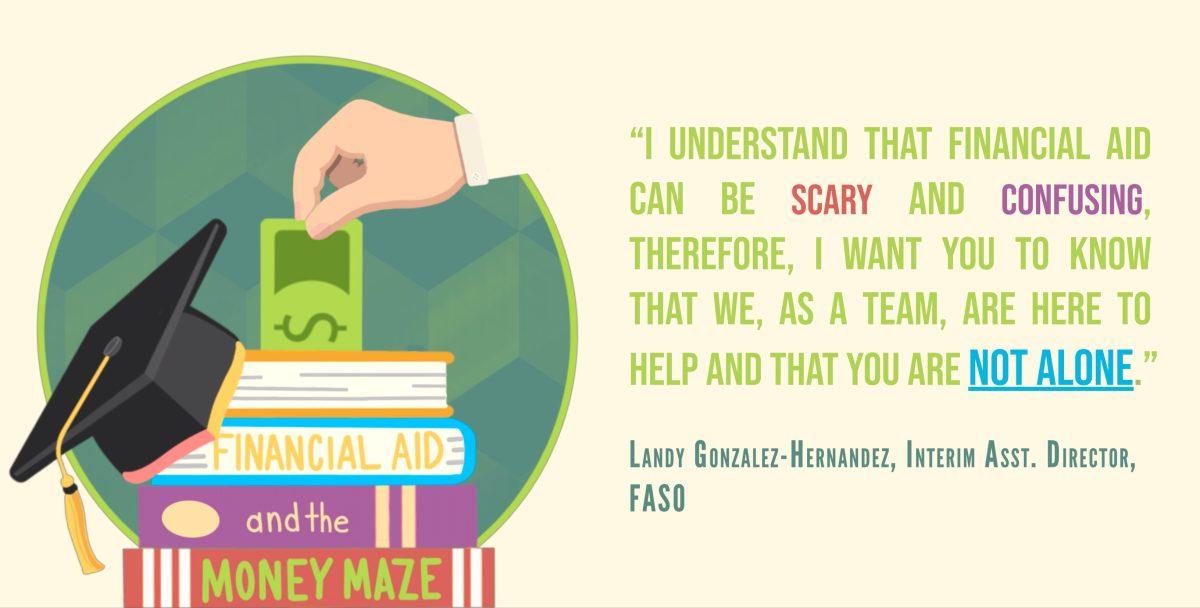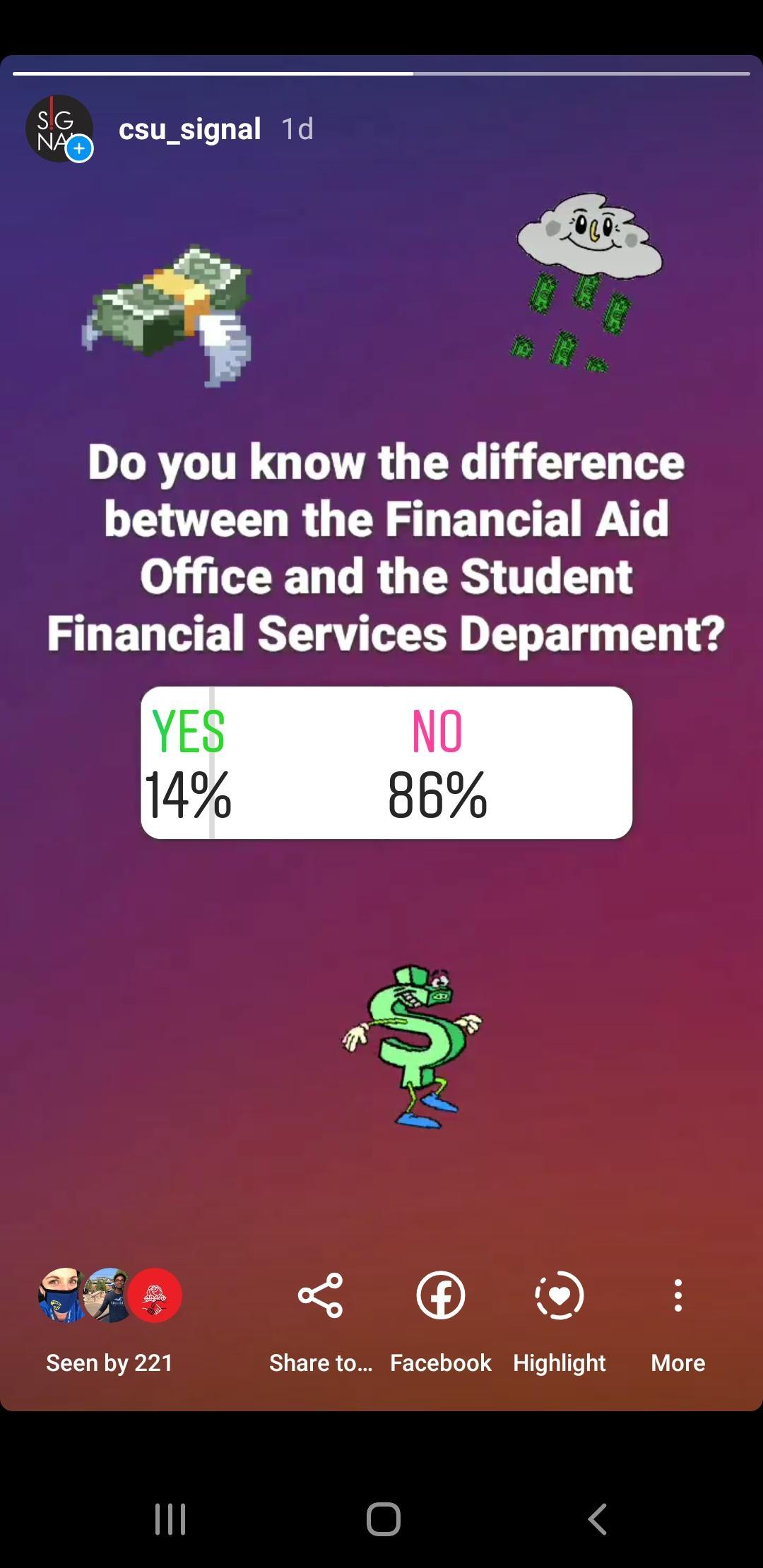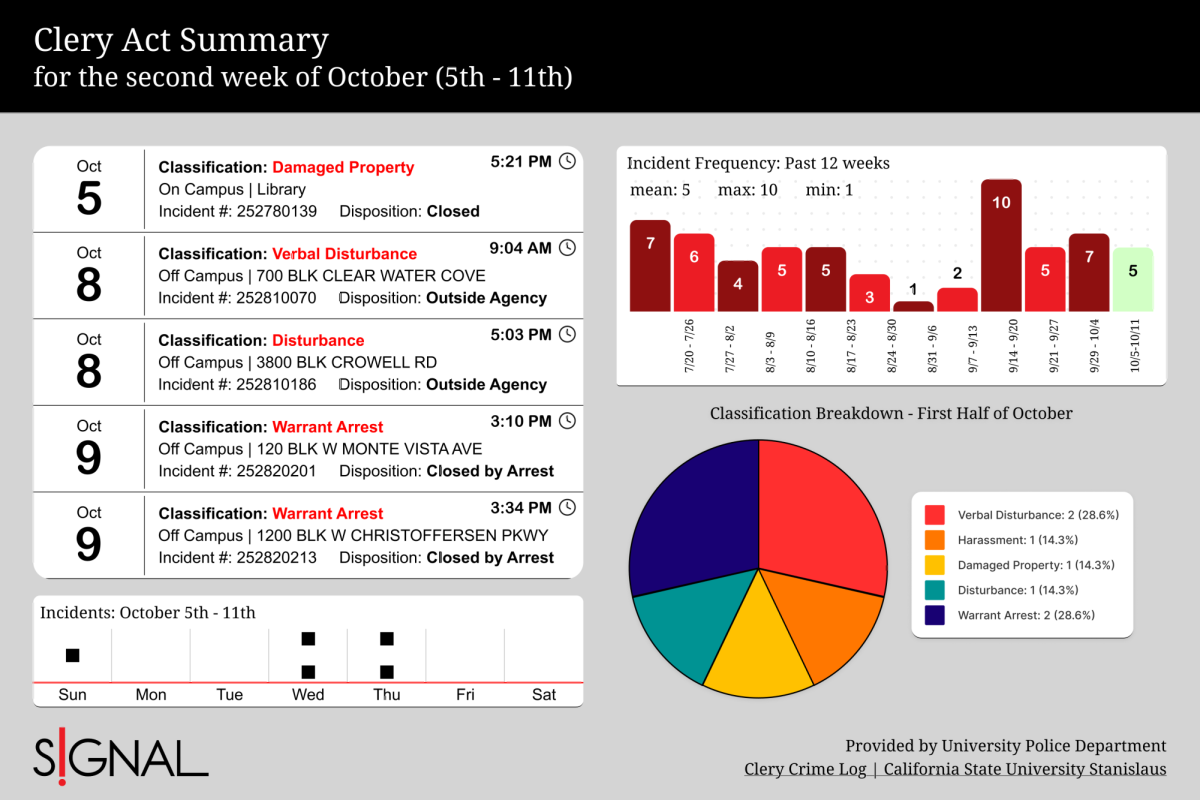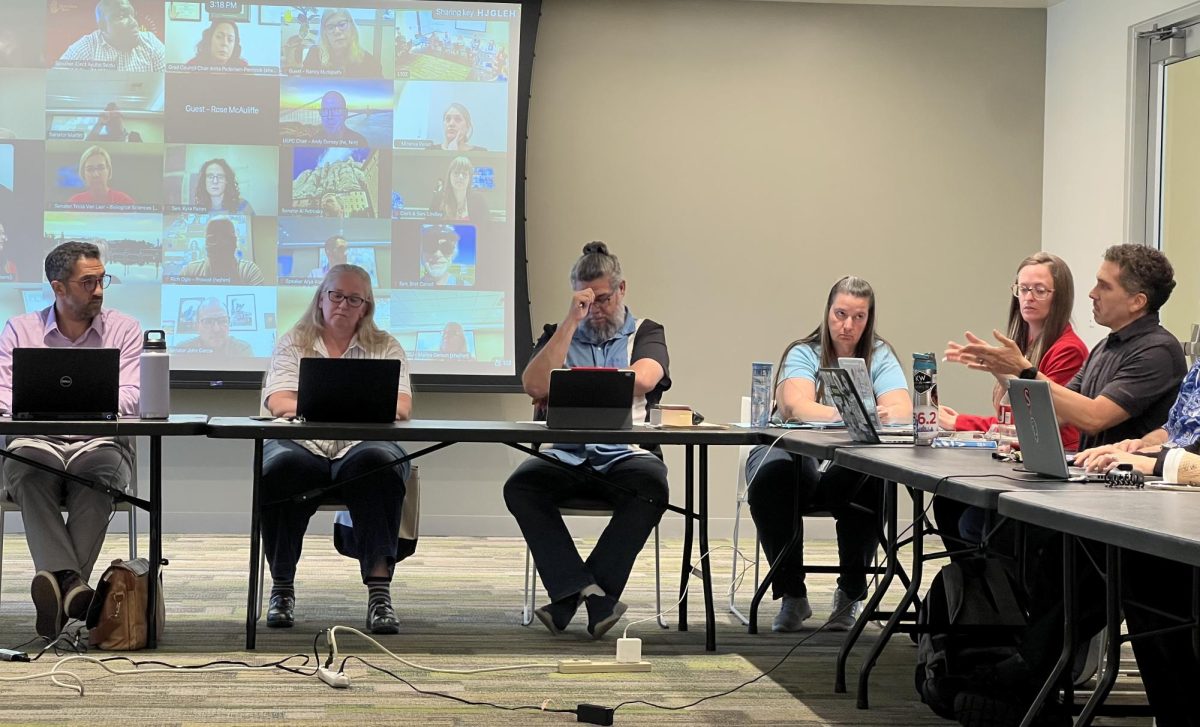“I understand that Financial Aid can be scary and confusing, therefore, I want you to know that we, as a team, are here to help and that you are not alone. If you need help understanding how to fill out a document, questions when filling out the FAFSA or CADAA applications, or understanding the award letter, please do not hesitate to reach out! But in the meantime, I hope this series, Financial Aid and the Money Maze, gives you the opportunity to find out about the services we offer, the ways you can contact us, and, most importantly, that we are here for you.”
– Landy Gonzalez-Hernandez, Interim. Assistant Director for the Financial Aid and Scholarship Office (FASO)
This is part 2 of a 4 part series
In the last edition of Financial Aid and the Money Maze, we discussed the value of Stan State’s on-campus scholarships in helping to fund the college careers of students who are not eligible for financial aid. In this issue, we will be discussing how these awards are determined, what students must do to get external scholarships, or “off-campus scholarships” recognized by the Financial Aid department, and the confusion students often experience between the Student Financial Services Department and the Financial Aid and Scholarship Office.
Most of us fill out scholarships and submit then we wait and see if we are awarded, but not many are aware of what goes on once that application is submitted and how awards are chosen. The process involves a lot of hard work, as the people who decide who will be awarded have to sift through sometimes hundreds, if not thousands, of applications.
“We prescreen all of the applications to make sure that the students that applied meet the criteria that the donor has set. If they don’t, then they’re automatically rejected. However, if they do meet the criteria then what we do is assign those applications for review by the scholarship committee that handles that application,” Katrin Shahbaz, scholarships coordinator for the Financial Aid and Scholarship Office, explained.
There are many different scholarship committees on campus, most of which include faculty members, especially on the committees reviewing a major-specific scholarship.
However, the scholarships that are open to all majors, typically those are scholarship committees that consist of either Financial Aid Advisors or analysts within the Financial Aid Office, Shahbaz added.
“Depending on how many awards we have available, we award the scholarship from highest rated applicant and work our way down. If the scholarship only has one award, it goes to the best applicant, whereas for a scholarship that has ten awards, the awards will go to the top ten applicants,” she explained.
Simply being awarded is not the whole story, though. Many scholarships require a thank you letter to be submitted to the donor(s) before they are awarded. The Financial Aid Office has a template thank you to help students formulate their thank you letters here, as well as instructions to help if they have any questions.
Scholarships are assigned to scholarship committees for review around April with a list of scholarship recipients finalized around June. On-campus scholarship notifications usually start going out about early May and continue into the fall semester. Unfortunately, the process of notifying these recipients can sometimes get delayed.
Shahbaz explained that this can happen when students apply for scholarships that they are not eligible for.
“A students’ chances for getting awarded a scholarship increases greatly if they’re only applying for scholarships that they are eligible for,” she added.
Christian Capuno (junior, Chemistry and Biology) prefers to target his applications.
“I target my applications and only apply for the ones that I can see I’m eligible for, because otherwise I am applying for scholarships I know I won’t win,” Capuno said.
Financial Aid appreciates it when students target their scholarship applications in this way because it reduces the number of applications that must be screened out before going to the scholarship committees.
Another way students can help Financial Aid move more quickly is by always checking their MyStanState portal to check on the status of their financial aid and scholarships.
“The first place that any changes to their financial aid will show up is their student portal, so we always encourage students to check that first,” said Landy Gonzalez-Hernandez, assistant director for the Financial Aid and Scholarship Office.
In addition to scholarships, the university also offers need-based grants to help in times of need, such as the HEERF emergency grants given to students over the last couple semesters as part of the Covid-19 relief funds the university received from the federal government.
During the pandemic, Financial Aid was able to offer these grants to students. According to Landy Gonzalez and the Financial Aid website, these grants “prioritize grants to students with exceptional financial need, such as those who receive Pell Grants or are undergraduates with extraordinary financial circumstances. More information on HEERF III grants can be found on the schools webpage.
Gonzalez also stated that “We will be sending out invitations [for the HEERF grants] to all the students who don’t have active FAFSA or CADAA on file.”
Students who would also like to apply for external scholarships may do so, but it’s important to keep several things in mind when doing so:
-
External scholarships are not managed by the university.
-
In order for the University to recognize the award, Financial Aid needs to get notified of the award and receive the check from the private donor.
-
This money will be applied to and distributed with the rest of the financial award for that school year.
All students need to do is to make sure that the university receives a copy of the award notification, said Shahbaz.
These processes can be confusing, so financial aid sends out a variety of notifications and information about financial wellness workshops to help students know about the resources available to them.
Sometimes these notifications are not enough, and when students try reach out to Financial Aid, they have difficulty getting their questions answered. Part of this is because the Financial Aid and Scholarship Office works together with the Financial Services Department. Many students find that the difference between these two offices is often hard to detect. This confusion makes it difficult for students to deal with problems they have with financial aid in an efficient manner.
Delphin Guillory, a manager for the Financial Services Department, sympathizes with students’ confusion.
“Often students will contact Student Financial Services thinking that we are the Finical Aid and Scholarship Office, and we’re not, but we do work in conjunction with financial aid on a lot of issues related to student financial aid refunds.”
Both departments are impacted by this confusion, which in many ways stems from the similarity between the names of their respective offices.
In fact, according to a poll conducted on Instagram by the the Signal, 86% of students do not know the difference between the two departments. When given a choice of potential names for the Financial Services department, an overwhelming majority preferred changing the name to “Student Debts and Accounting Department.”
Shahbaz understands that it’s difficult for students.
“At the end of the day we are here to help. We’re not here to scare students away. If an advisor can help a student understand a problem they are having, they’re grateful to be able to do so, that’s what we’re here for,” she said.
In the last two issues of Financial Aid and the Money Maze, we’ve addressed many of the concerns surrounding the scholarship process, but there is much more to talk about. Stay alert for the next issue, where we’ll talk about managing holds placed on your student account, along with the intricacies of Satisfactory Academic Progress.











